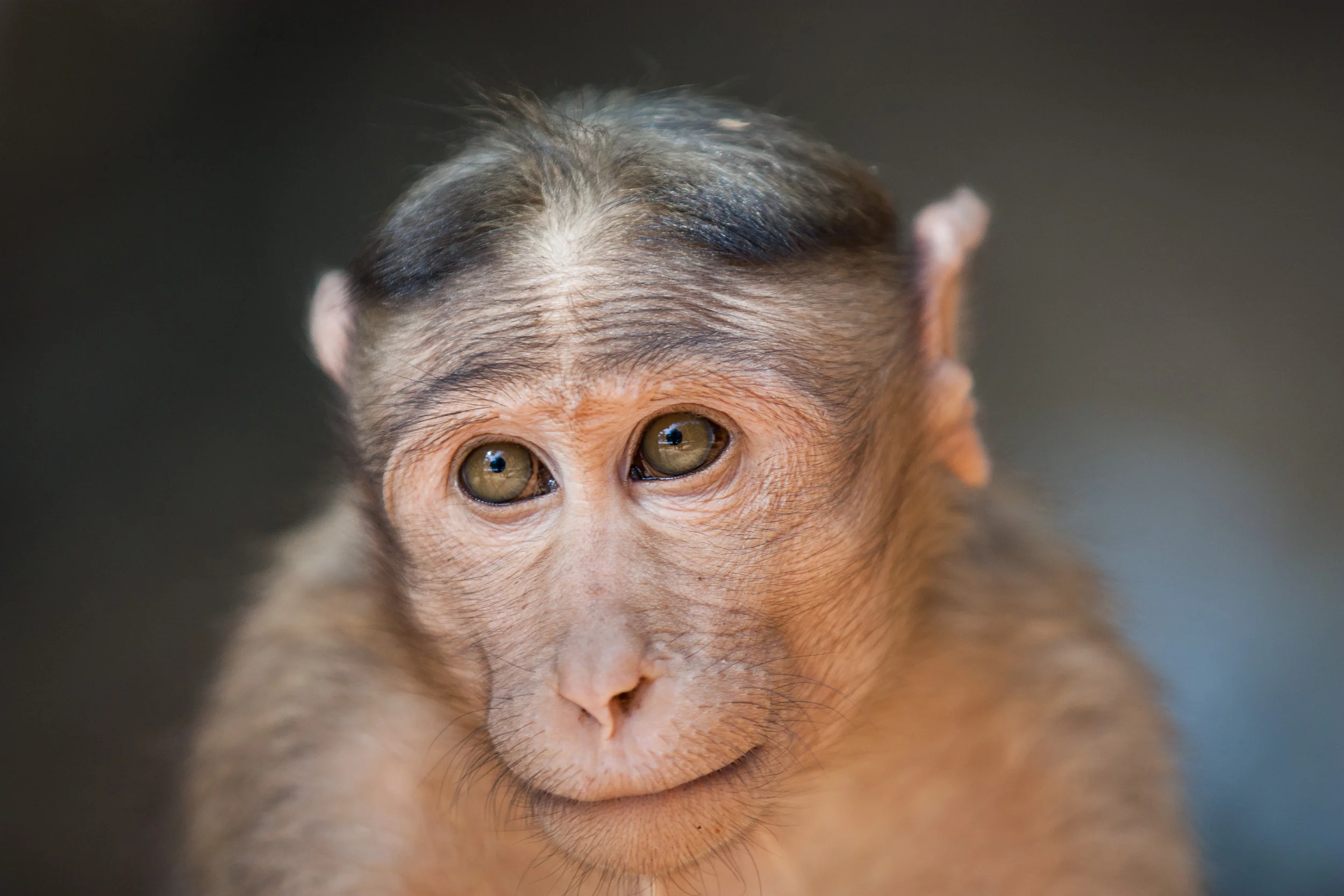How to get a blurred background
I am frequently asked "how did you make the background blurry"? This blur in the background of photographs is called bokeh. "The term comes from the Japanese word boke (暈け or ボケ), which means "blur" or "haze", or boke-aji (ボケ味), the "blur quality". The Japanese term boke is also used in the sense of a mental haze or senility.[8] The term bokashi (暈かし) is related, meaning intentional blurring or gradation." [wiki]
Often, I think the people asking this question would like a quick fix that they can use in photoshop. Well, there are ways to create blur in images using photoshop, but unless you are a real expert, they will never come close to creating them in camera.
It's all about depth of field (DOF)
Depth of field is the crux of the situation. If you don't know what this is, please read my post on aperture.
To make the background, or the foreground for that matter, blurred, then you need to do four key things:
I. Use a wide open aperture
The lower the f/number the better. This will give your narrower DOF and blur out anything outside the focal plane.
The background is blurred, but you can still make out the strong shapes of the hallway and doors behind. [5DIV, 50mm, f/1.4]
II. Get your subject away from the background
The further away your subject is to the background you want to blur, the more it will blur. This is often the only way to get a blurry background if you are shooting with a slower lens (f/5.6 or above).
The background was far behind the Indian Blue Jay, so it is very blurry! :) [5DIII, 500mm, f/4]
III. Get close to your subject
The closer you are to the subject, the narrower the depth of field and therefore the more that is blurred! :) Generally, you want to be closer to the subject than the subject if to the background!
By getting closer, the DOF is less and the background is blurred out sooner! [450D, 200mm, f/2.8]
IV. Use a longer lens
Longer focal length lenses (mm) have a smaller DOF, so the effect is stronger. It is effectively bringing your subject closer to you, as opposed to you getting closer to the subject! :)
Obviously I could not get too close to a tiger, but the narrow DOF created by longer lenses still gives great bokeh! [5DIII, 500mm, f/4]
The extra step!
The above 4 things will work with any lens and camera combo, but the extent of the effect comes down to your lens and camera. Very fast lenses (low f/number) are expensive, but are made to produce great bokeh (at least in part). So if you are still not happy with your background blur, you only really have 2 options: buy better lenses (f/1.8 or lower) and/or buy a full-frame camera. Both of these will produce a shallower DOF and will get you the blur you want! :)
With power comes great responsibility!
Now you have the bokeh you want, you need to watch out for it! The background of your image can make or break a shot! :)
The bottom line
- Any lens and camera can get a blurry background when used properly and in the right situation
- Shoot wide-open, as close to your subject as possible, and have the background far behind your subject
- In camera bokeh is always better than photoshop'd versions
- Better lenses and cameras are need to get ultimate bokeh


![The background is blurred, but you can still make out the strong shapes of the hallway and doors behind. [5DIV, 50mm, f/1.4]](https://images.squarespace-cdn.com/content/v1/552ce6d0e4b0d3f184888632/1493205237025-NSP3V2Z6BO2P5LI8C40H/image-asset.jpeg)
![The background was far behind the Indian Blue Jay, so it is very blurry! :) [5DIII, 500mm, f/4]](https://images.squarespace-cdn.com/content/v1/552ce6d0e4b0d3f184888632/1493205267880-JHJD6CAEP2PVITL9SOCU/image-asset.jpeg)
![By getting closer, the DOF is less and the background is blurred out sooner! [450D, 200mm, f/2.8]](https://images.squarespace-cdn.com/content/v1/552ce6d0e4b0d3f184888632/1493205288638-ERUW4Q25FVK1PS95C5Q1/image-asset.jpeg)
![Obviously I could not get too close to a tiger, but the narrow DOF created by longer lenses still gives great bokeh! [5DIII, 500mm, f/4]](https://images.squarespace-cdn.com/content/v1/552ce6d0e4b0d3f184888632/1493204931631-51DXJQ216KQU1O6UQBDQ/image-asset.jpeg)

Aperture is one of the 3 key controls for photography, here is a guide to help you choose the right setting.